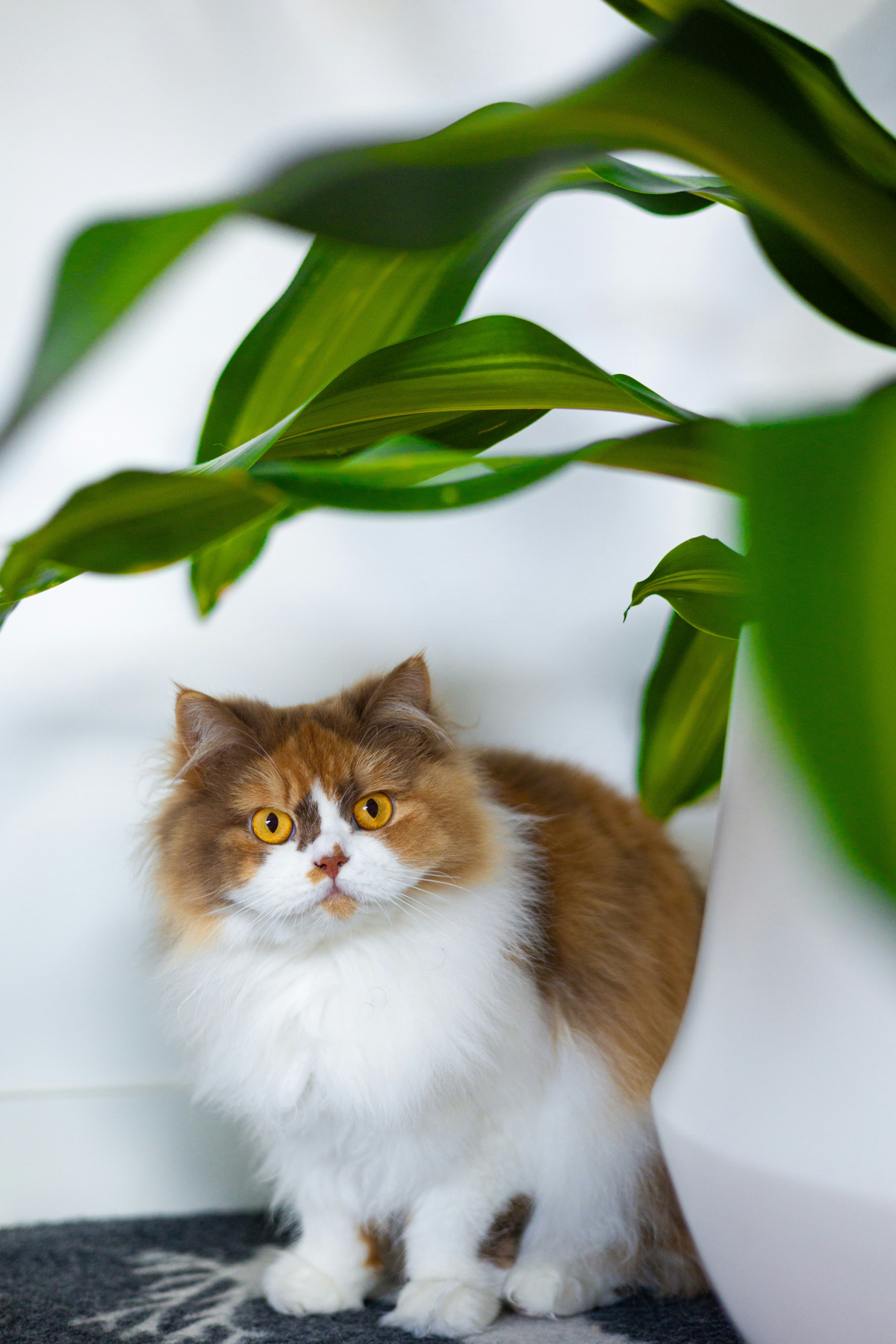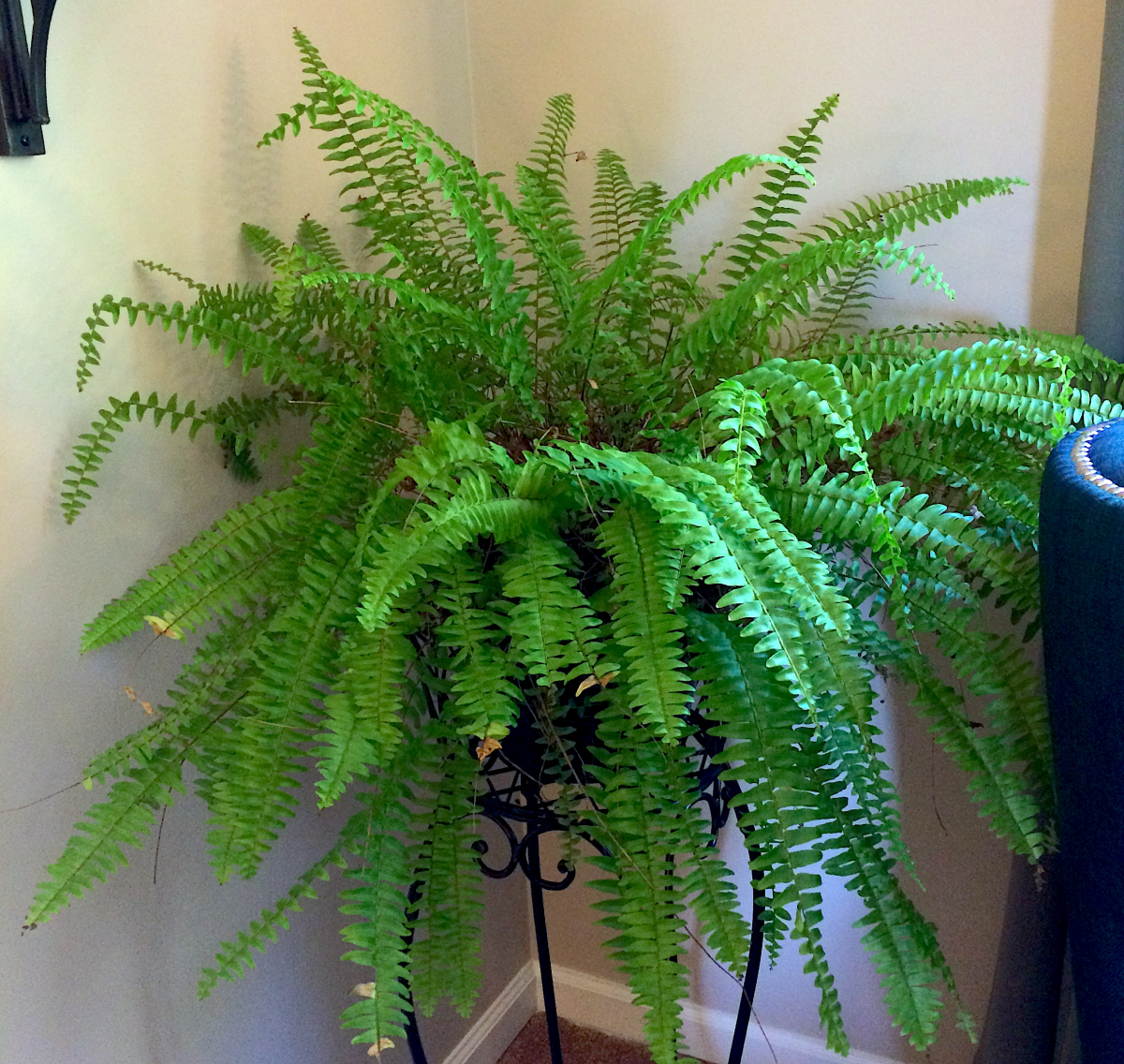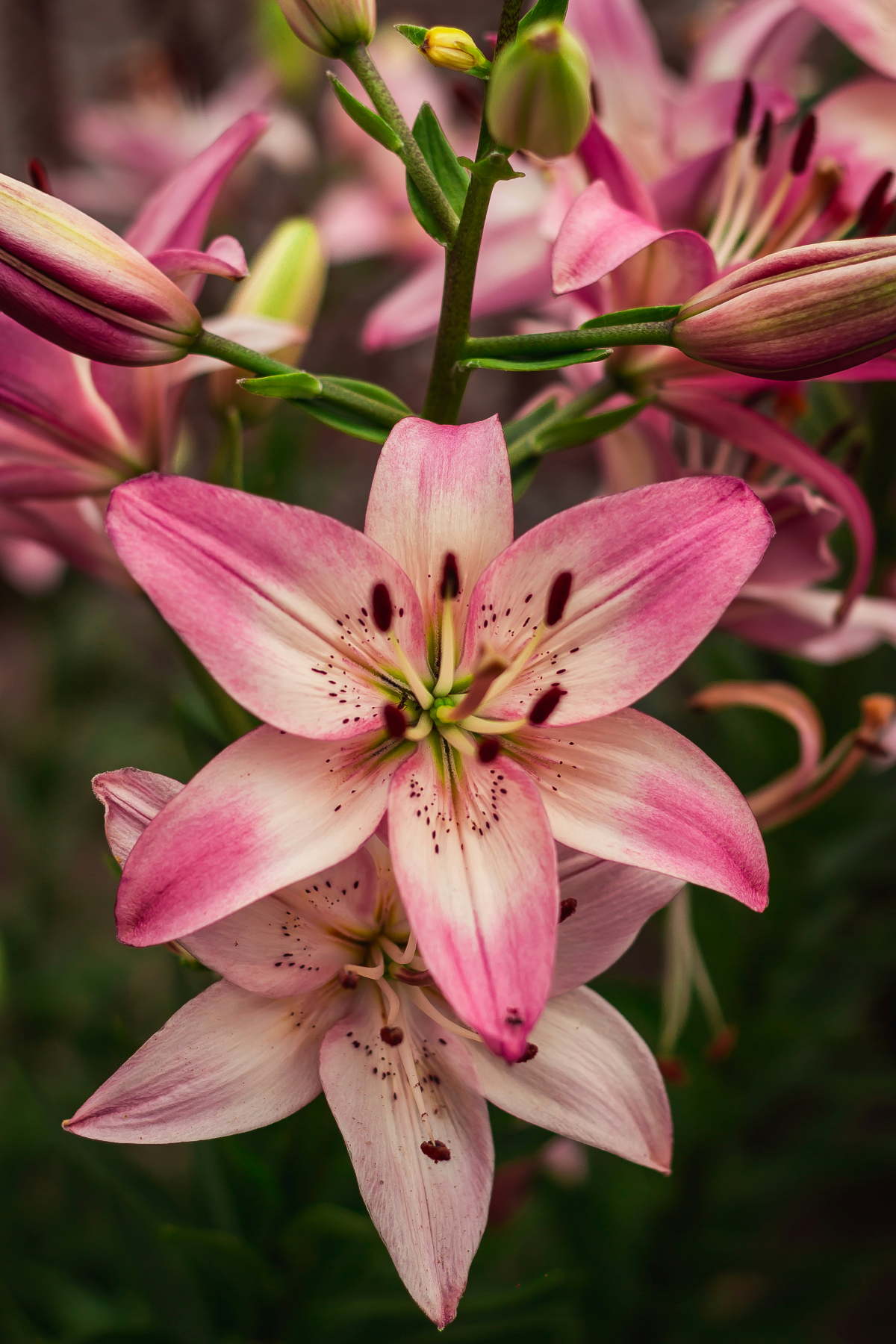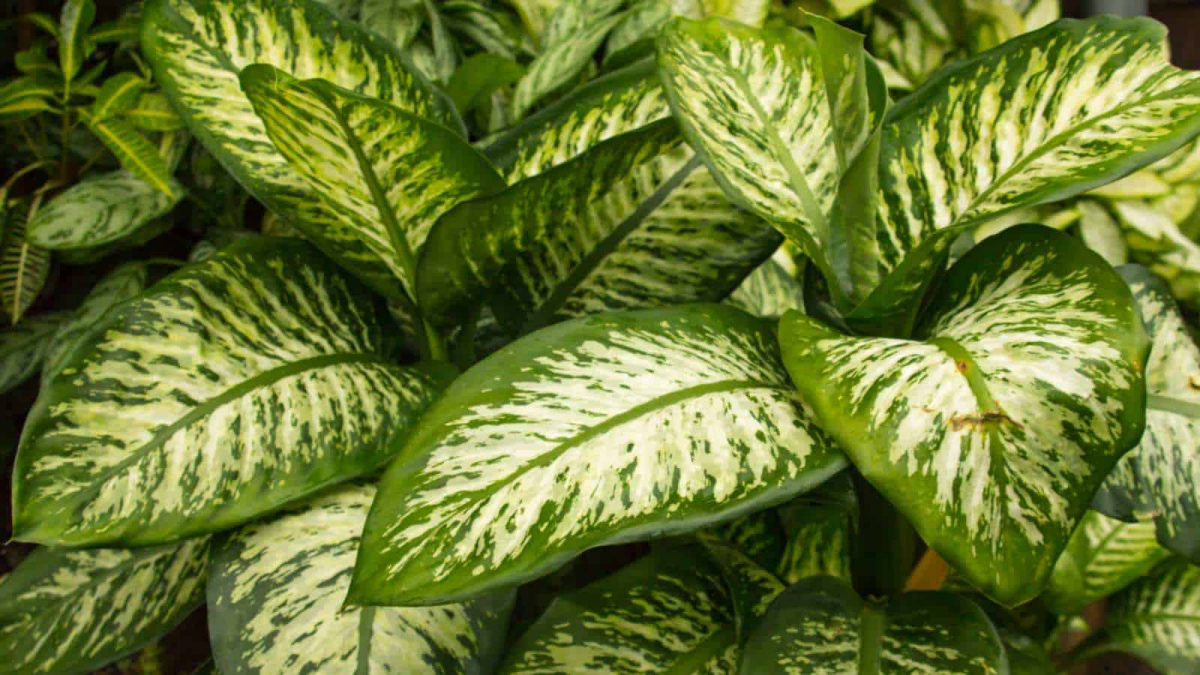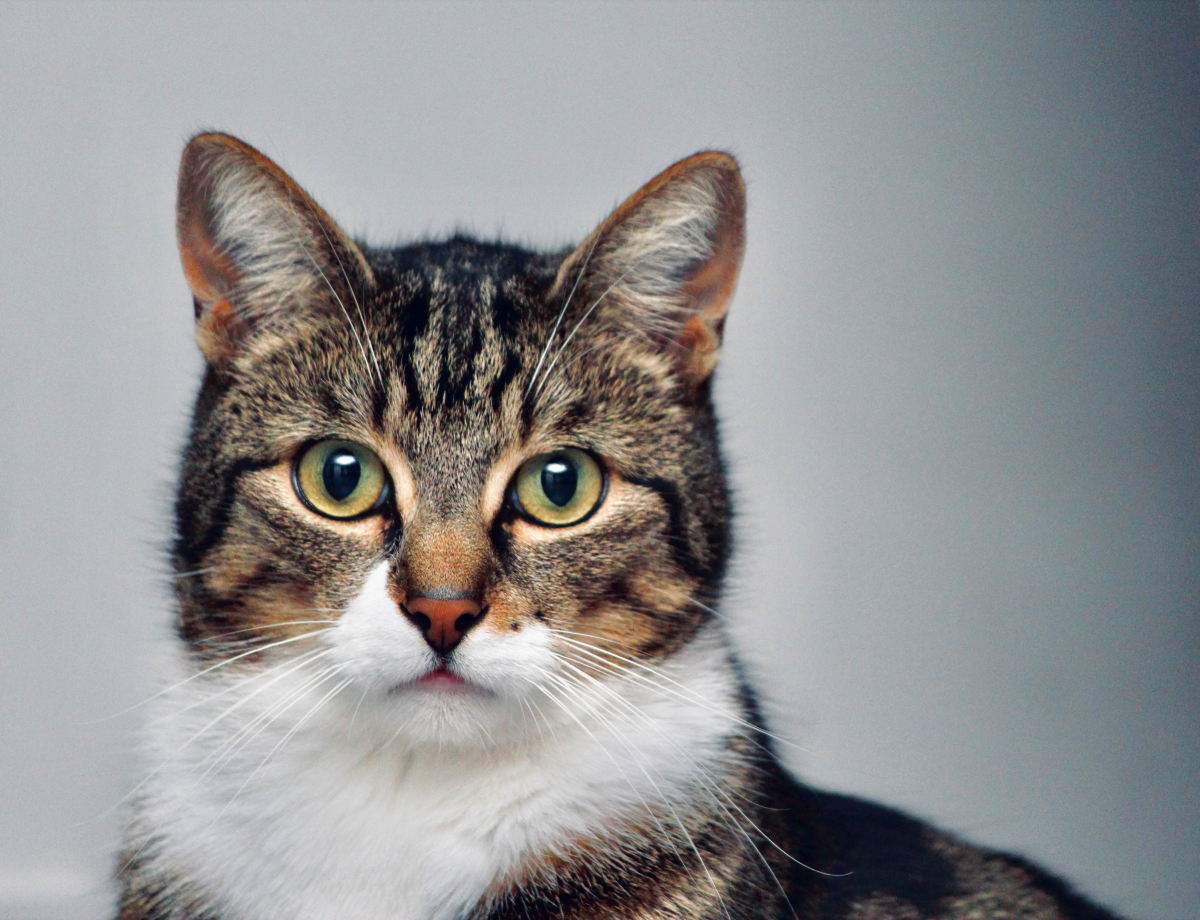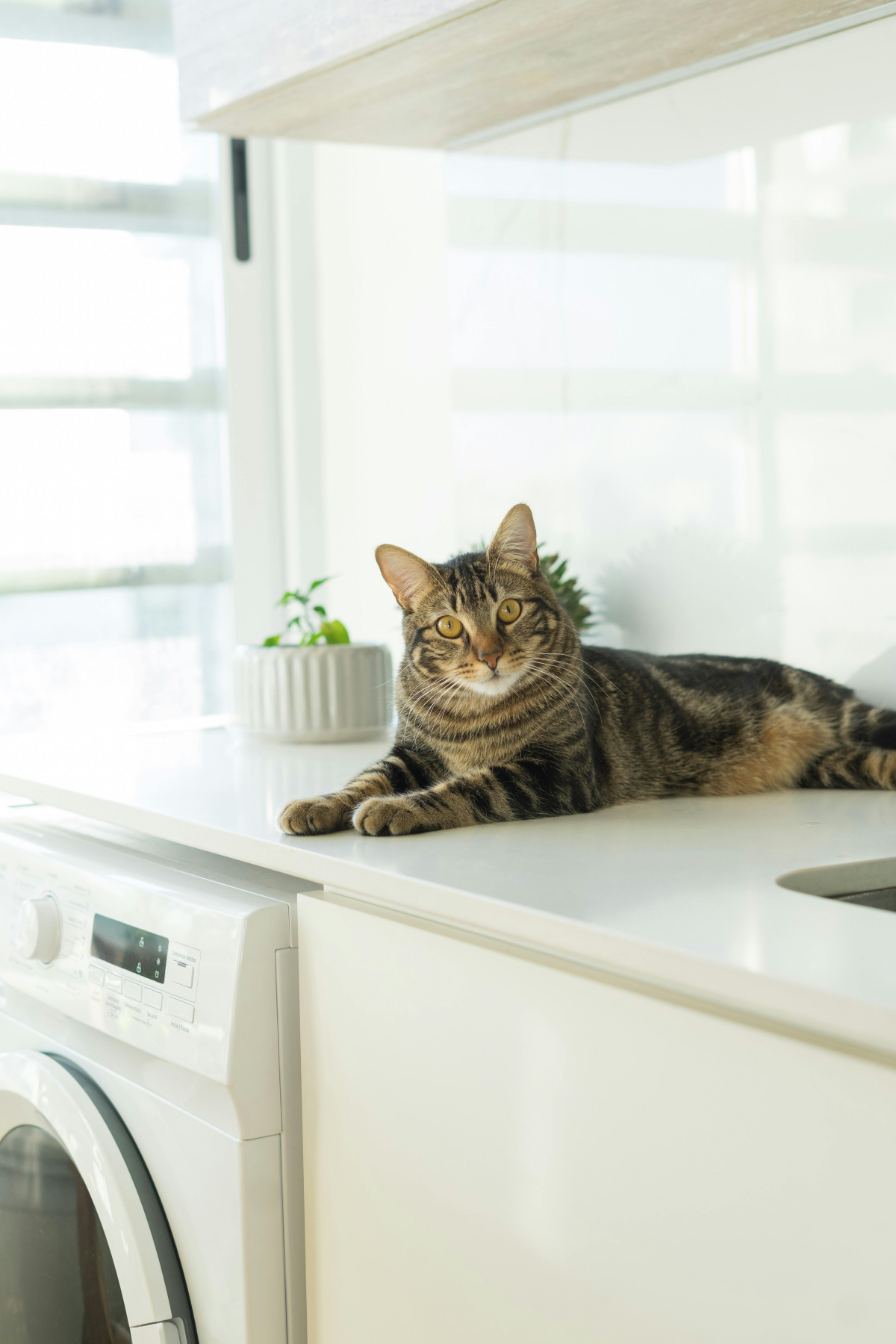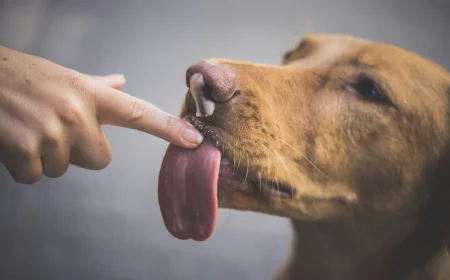Are Ferns Toxic To Cats? 8 Plants To Keep Away From Your Cat
In the warm, inviting spaces of our homes, we find solace, Amidst the lush greenery, our beloved cats leisurely wander. A silent conversation unfolds. It’s between the natural world and the care we provide. This delicate balance prompts us to be vigilant. We ensure that the plants adorning our living spaces pose no hidden dangers to our feline companions. The presence of ferns, with their ancient lineage and feathery leaves, raises an important question. Are ferns toxic to cats? For pet owners, it’s crucial: Do these verdant plants coexist safely with cats, or do they conceal risks that could compromise their well-being?
Are you wondering: are ferns toxic to cats?
In this article
Plants That Are Toxic To Cats
Nature’s vast tapestry includes plants of every hue and texture, but not all are friends to our feline family members. Some plants, when brushed against or explored by a cat’s curious nibble, release toxins that range from causing mild irritation to triggering severe health crises. Symptoms such as vomiting, lethargy, and in dire cases, renal failure, are harbingers of hidden dangers. For cat owners, distinguishing between safe and toxic flora is not merely advisable; it is essential. This knowledge empowers us to create environments where our cats can thrive safely among the greenery we cherish.
Beware of toxic plants in your home
Are ferns toxic to cats?
Among the myriad choices for indoor greenery, ferns stand out for their lush beauty and air-purifying qualities. However, the safety of ferns for our feline friends is not uniform across their species. While many fern varieties, like the Boston and Maidenhair ferns, are celebrated for their non-toxicity to cats, others bear caution. The Asparagus fern, for instance, masquerades as a harmless houseplant while harboring toxic substances that can endanger curious cats. The discernment and informed choices of cat owners are thus pivotal in cultivating a harmonious living space that is both green and safe for our pets.
Now you know are ferns toxic to cats
Are lilies safe for cats?
Lilies, with their elegant blooms, are a sight to behold but hold a dark secret particularly dangerous to cats. Ingesting even a small amount of lily pollen can lead to acute kidney failure, a condition that can escalate quickly without prompt intervention. Symptoms include vomiting, lethargy, and a lack of appetite, signaling an urgent need for veterinary care. Cat owners should consider the beauty of lilies from afar, as their presence in a home with felines can lead to tragic outcomes.
Lilies are beautiful but dangerous to cats
Are sago palms toxic to cats?
The Sago Palm is often admired for its robust form and tropical vibe. But it is a wolf in sheep’s clothing when it comes to pet safety. Every part of this plant is laced with cycasin, a toxin lethal to cats. Ingestion can swiftly progress to liver failure, with symptoms such as vomiting, diarrhea, and seizures. Immediate veterinary attention is critical for cats who come into contact with this plant, underscoring the importance of keeping such dangerous beauties out of reach.
Every part of this plant is toxic to cats
Are tulips safe for cats?
Tulips, the heralds of spring, carry hidden dangers in their bulbs. These underground parts contain allergenic lactones and other compounds that, if ingested by cats, can lead to intense gastrointestinal upset, including vomiting, drooling, and diarrhea. The allure of tulips in a garden or vase should be weighed against the potential risk they pose to curious felines, prompting pet owners to place them well beyond paw’s reach or opt for safer floral choices.
Tulips may be pretty but keep them away from cats
Are azaleas toxic to cats?
Azaleas, with their dazzling blooms, are a common fixture in gardens and landscapes, yet they pose a serious risk to cats. Just a few nibbled leaves are enough to trigger vomiting, diarrhea, and a perilous drop in blood pressure. The toxin responsible, grayanotoxin, affects sodium channels in cells, leading to a multitude of symptoms. Cats encountering azaleas need immediate veterinary care to mitigate the effects and prevent more severe outcomes.
Even a few leaves can cause problems
Are daffodils safe for cats?
Daffodils, those cheerful signs of spring, conceal toxins that are harmful to cats. Lycorine, an alkaloid present in all parts of the daffodil, especially the bulb, causes severe gastrointestinal distress, convulsions, and significant drops in blood pressure. Symptoms like lethargy, abdominal pain, and cardiac issues can follow ingestion, making it crucial for cat owners to recognize the signs and seek veterinary assistance promptly to ensure their pet’s safety during spring’s bloom.
Daffodils are cheerful and fun only to us
Are oleanders toxic to cats?
The Oleander plant, with its beautiful, fragrant flowers, is fatally toxic to cats. Ingesting even a single leaf can severely affect a cat’s heart, leading to potentially lethal outcomes. Oleandrin, the toxic compound found in oleander, disrupts the heart’s electrical system and can cause a range of symptoms from mild gastrointestinal upset to fatal cardiac arrest. Immediate veterinary intervention is essential for any cat suspected of oleander ingestion.
Oleander has a toxic compound to it
Are dieffenbachias safe for cats?
Dieffenbachia is also popularly known as Dumb Cane. This plant houses calcium oxalate crystals that, when chewed by a cat, release a toxin causing intense oral irritation, drooling, and difficulty swallowing. The immediate pain and swelling can prevent a cat from eating and drinking. Thus, necessitating urgent care to avoid dehydration and ensure recovery. Pet owners are advised to keep this plant, attractive for its large, variegated leaves, well away from their feline friends to avoid accidental poisoning.
Dumb Cane causes intense oral irritation
What To Do If Your Cat Ingests a Toxic Plant?
If your cat ingests a toxic plant, act quickly. First, safely remove any remaining plant material from their mouth. Observe your cat for symptoms such as vomiting, lethargy, or difficulty breathing, and document what they ingested, how much, and when. Immediately contact your veterinarian or an emergency pet poison control center for advice. Follow their instructions closely, which may include bringing your cat for immediate treatment. Ensure you bring a sample of the plant, if possible, to aid in quick identification and treatment. Swift action is crucial to mitigate the effects of the toxin and safeguard your cat’s health.
You need to act quickly
In the lush tapestry of home gardening, where flora and fauna intertwine, the safety of our pets stands paramount. As custodians of these silent whispers of the wild, our diligence ensures that the beauty we cultivate within our walls harbors no hidden dangers. Let us then, with knowledge and care, create sanctuaries that are as safe as they are splendid. A place where every purr and every leaf exists in serene, symbiotic harmony.
Now you have an answer to the question: are ferns toxic to cats
